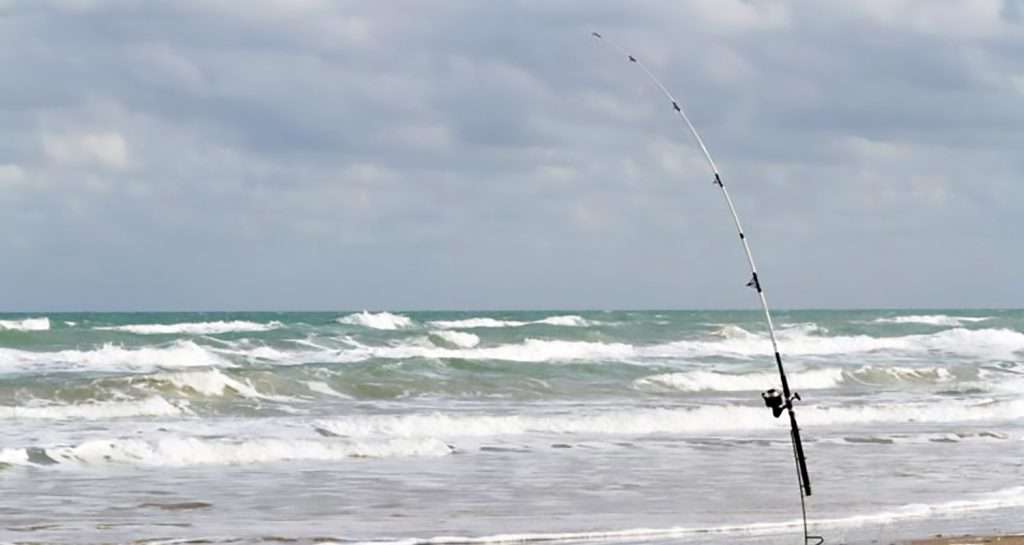Let's get into what every angler should know before surf fishing. Learning how to read the water, time the tides, and pick the most fitting gear can convert a peaceful day at the beach into an action-packed fishing excursion.
Surf fishing is easy in practice, but mastering these skills may turn a dull trip into a fishing story to tell your friends and family.
Reading The Water
When fishing, luck plays a role, but you can start improving your chances with a little time and effort upfront. Certain regions have easily visible sand bars and troughs, but others are less obvious. Evaluating the area during low tide is the most effective way to detect structure and bait in the water. Walk along the shore when the tide is out to identify the most productive fishing spots. For tools to assist with your surf fishing, shop for quality fishing gear to enhance your experience.
When To Go Surf Fishing
To maximize your fishing prospects, head to the coast either very early in the morning or very late in the day. Look for high tides and outgoing tides that align with low light periods. Typically, the first and last couple of hours of daylight are unbeatable. During these times, fish are less wary of predators and are more likely to swim closer to the shoreline. For a comprehensive range of surf fishing equipment, check out surf fishing equipment to get the most out of your fishing experience.
Live Bait Is The Best Bait When Surf Fishing
Using live bait is crucial for surf fishing success. Fresh bait, such as mullet, crab, and other live options, is significantly more effective than artificial bait. When you catch live bait using a cast net while standing in shallow water, you gain a better understanding of the specific kinds of bait that are present and active. To improve your bait catching and fishing efficiency, explore live bait options and enhance your surf fishing setup.





